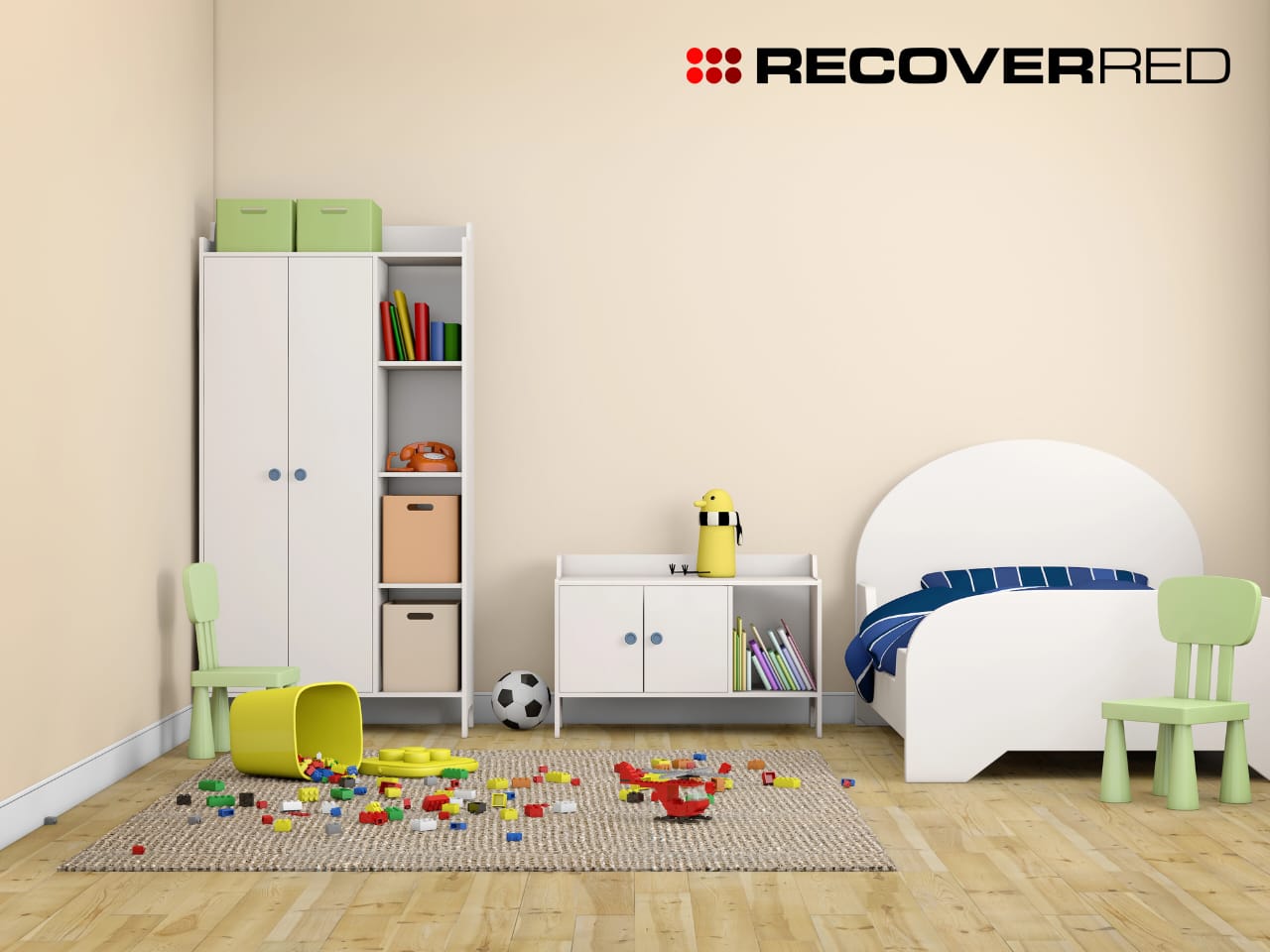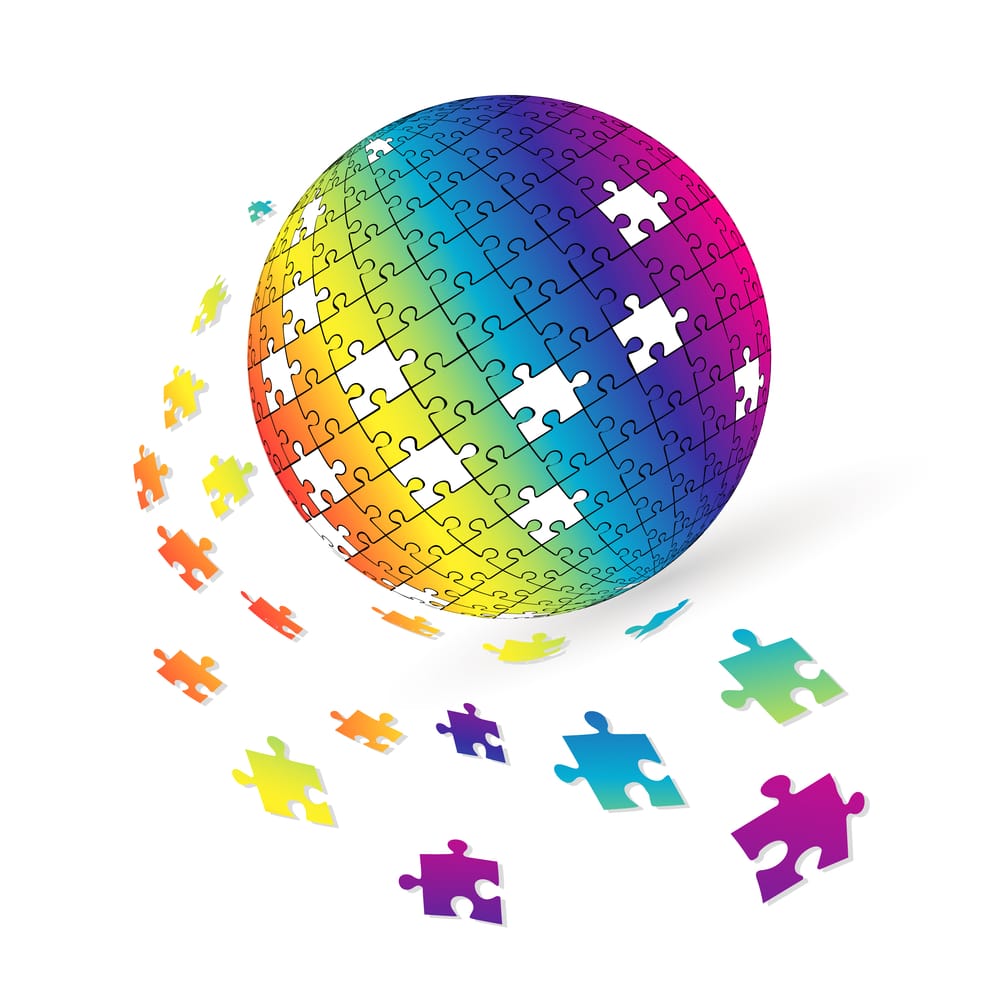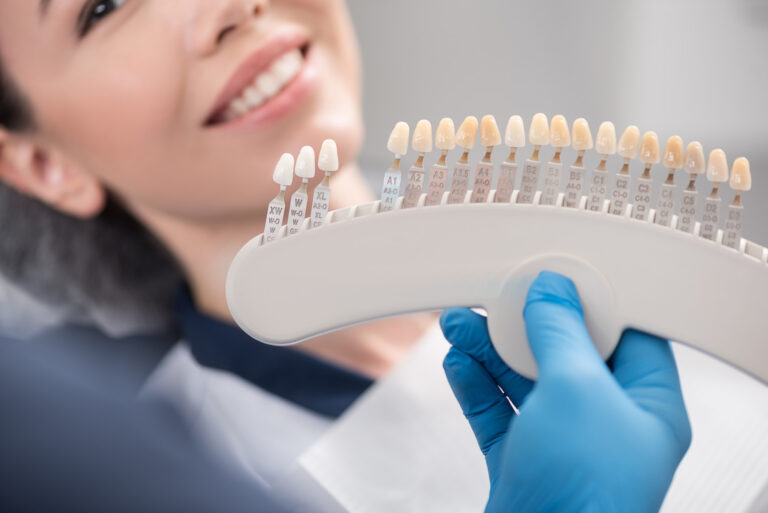Treating Autism with Red Light Therapy How Red Light Therapy Can Help Treat Autism

Over the past few decades, advances in medical science have helped shine a light on previously understood conditions and disorders. One of the most notable of these is Autism Spectrum Disorder. Despite this condition being around in some form or another for the entirety of human history, we are only just starting to understand where it comes from, how it manifests, and how to treat it. Fortunately, recent studies into autism and treatment seems to indicate that Red Light Therapy is a promising solution. In this article, we’ll discuss autism and treatments that are currently being applied today, including RLT by Recover Red.
Understanding Autism
Autism, or autism spectrum disorder (ASD), is a diverse and lifelong condition wherein a person exhibits various challenges in communication and behavior. It’s important to understand that autism affects individuals differently and to varying extents, with some being lower functioning and others being higher functioning.
Autism is typically diagnosed when a person is still a child. This is because the symptoms will generally manifest by age 2 or 3. Children, teens, and adults with autism may find it difficult to understand others’ thoughts and feelings, which makes communicating through words or body language especially challenging. And while some might struggle with verbal communication, they often excel in areas like art, music, or mathematics.
The diagnosis of autism has increased in recent years, though this is mainly due to improved diagnostic techniques rather than an increase in prevalence. And while there is no cure for the condition, nor is there really a need for one, there have been major advances and research in autism treatment therapy since the year 2000. One of the most notable autism disease treatment options is Red Light Therapy.
What is Red Light Therapy?
Red Light Therapy (RLT) is an innovative approach to wellness, employing low-level wavelengths of red and near-infrared light to stimulate deep cellular activity beneath the skin. Unlike other therapies that rely on heat, RLT operates through a mechanism known as photobiomodulation. This process does not involve heating the skin like saunas or other infrared therapies. Instead, it targets the mitochondria within cells, enhancing their function to boost the production of adenosine triphosphate (ATP). ATP is often called the “energy currency” of the cell, as it is crucial for a wide range of cellular functions, including repair.
The applications of Red Light Therapy are already diverse, but new treatments are being discovered all the time. As we’ll discuss later, the benefits of regular RLT use range from cosmetic enhancements such as skin rejuvenation and wrinkle reduction to profound health improvements like pain management and inflammation reduction. This therapy is also celebrated for its ability to accelerate wound healing, enhance mood, and even promote hair growth. More recently, studies have indicated that various forms of light therapy may have potential as an autistic treatment option.
This is extremely beneficial, as RLT can actually be done at home using specialized, portable devices, ensuring a versatile and accessible treatment option. Aside from its growing use as a treatment and therapy for autism, RLT can be easily integrated into holistic health regimens, supporting overall wellness through its gentle yet effective influence on the body’s cellular systems.
Red Light Therapy and Autism
The potential of Red Light Therapy in treating autism spectrum disorders is an exciting frontier in medical research. However, since scientists are not 100% sure what causes autism, the use or RLT is mainly focused on treating the effects and conditions related to it. Nonetheless, this has shown remarkable efficacy thus far, especially since there are few ASD therapies that have demonstrated any sort of universal potential.
For instance, there is a suspected link between environmental toxins and autism, with some researchers suggesting that higher levels of heavy metals such as mercury, cadmium, and lead may be found in individuals with autism. These toxins are believed to impact neurological development and function, which are pivotal in the manifestations of autism. However, RLT can play a huge role in promoting detoxification through the skin and other body systems. This means it could, in theory, alleviate some symptoms associated with autism.
Recent studies also shown that RLT can directly affect neurological function by reducing irritability, improving social interactions, and decreasing social withdrawal in children with autism. This is likely due to RLT’s ability to reduce inflammation and improve mitochondrial function, both of which are crucial for brain health. Beyond that, RLT’s ability to enhance overall mitochondrial activity might also support better energy levels and cognitive function, which are often areas of concern in autism. Aside from its use as an autism treatment, RLT has shown a remarkable ability to treat depression and anxiety in non-autistic individuals.
Recover Red’s Targeted Solution: The Blaze
Of course, the biggest factor to consider when looking to incorporate Red Light Therapy into your home routine is which product to purchase, and where to get it. Fortunately, industry leader Recover Red offers a cutting-edge device designed for targeted red light therapy. It’s called The Blaze.

This compact unit features state-of-the-art technology that allows for precise control over the intensity and wavelength of light, making it highly effective for a variety of therapeutic applications. The Blaze is particularly suited for treating individuals with autism, as it provides a non-invasive method to stimulate specific areas of the brain and body that may be affected by the disorder.
Compared to other RLT devices, the Blaze offers a personalized approach to therapy, with settings that can be adjusted to cater to the unique needs of each individual. Its versatility makes it ideal not only for professional use in clinics but also for easy use at home, providing families with an effective tool for managing and improving symptoms of autism. The calming effect of the Blaze is often noted by users, which can be particularly beneficial for individuals with or without autism who may experience high levels of stress or anxiety.
With its powerful output and the ability to target specific areas, the Blaze enhances the body’s natural healing processes, promoting better sleep, reducing anxiety, and improving overall emotional and physical well-being. It also supports other treatments by preparing the body to be more receptive to occupational or behavioral therapy therapies, potentially accelerating the progress of treatment.
Other Benefits of Red Light Therapy
Aside from its promising applications in autism treatment, Red Light offers a broad spectrum of benefits for general health and wellness. Again, It is a powerful tool for skin health. In fact, RLT is particularly well regarded for its ability to stimulate collagen production, which can significantly improve skin tone, elasticity, and overall appearance. This makes RLT a popular choice for anti-aging treatments, helping to diminish fine lines and wrinkles and promote a youthful complexion.
RLT is also highly effective in reducing inflammation, a common underlying factor in many chronic health conditions. By lowering inflammation, RLT can help alleviate pain and discomfort associated with conditions like arthritis, fibromyalgia, and other inflammatory diseases. It also helps to enhance blood circulation, which is essential for tissue repair and recovery. This makes RLT an excellent option for athletes or anyone looking to speed up recovery from physical exertion or injury.
As we’ve already discussed, using RLT has been linked to improved mood and cognitive function, likely due to its effects on serotonin levels and mitochondrial energy production. These benefits are crucial not only for individuals with mental health challenges but also for anyone looking to maintain optimal cognitive functioning and emotional balance.
In essence, Red Light Therapy is a versatile, effective, and non-invasive treatment option that holds significant promise across a wide range of applications, from advanced medical treatments to everyday wellness and beauty routines.
Conclusion
Red Light Therapy presents a versatile and non-invasive option that holds promise for treating a variety of conditions and ailments. Not only can it be used to improve skin health and aid in speeding up physical recovery, but it has also received renewed attention for its potential to treat the symptoms of autism spectrum disorder.
Indeed, by enhancing cellular function and reducing inflammation, RLT can play a part in managing autism symptoms and improving overall well-being. As research continues to evolve, the potential for RLT as part of a comprehensive approach to autism treatment will likely increase, cementing its reputation as a valuable therapy.
For now, it’s clear that RLT offers a hopeful perspective for those affected by autism and their families who want to achieve a higher quality of life and greater independence.


